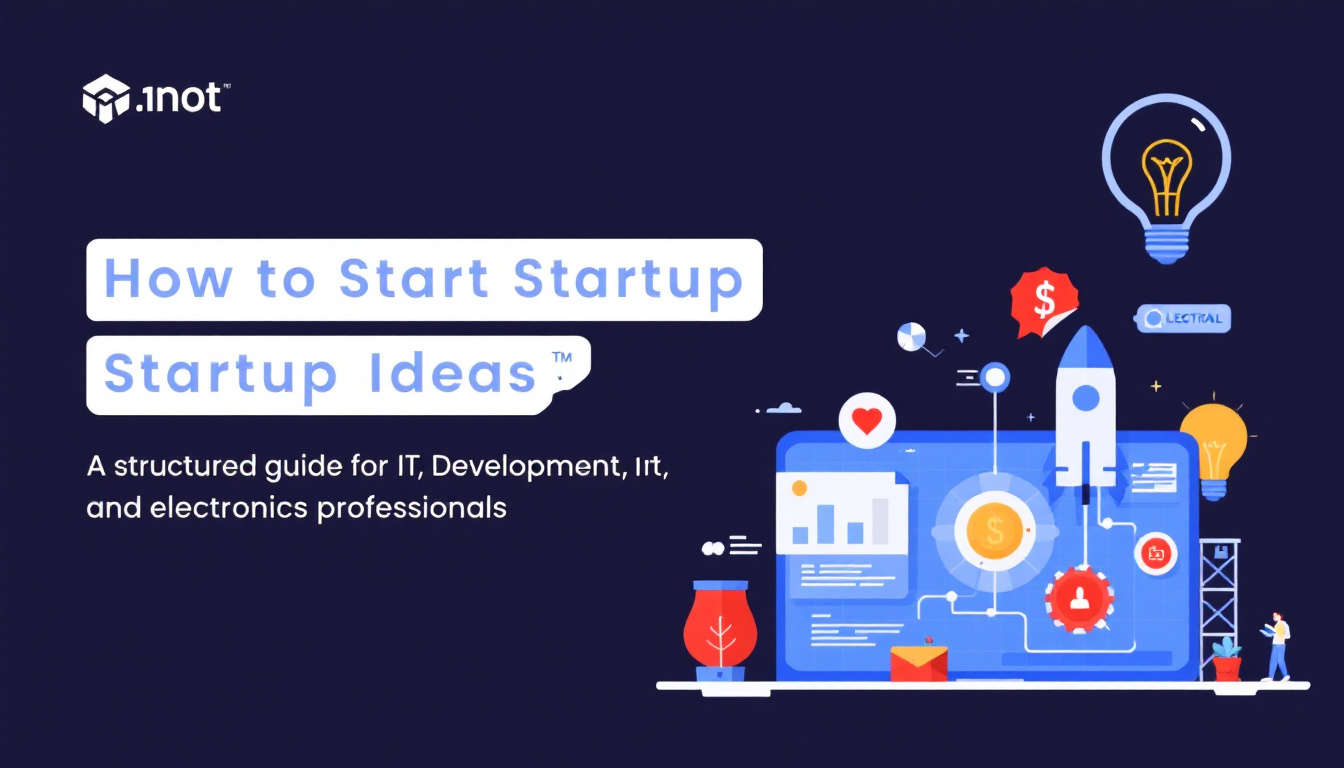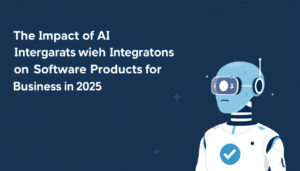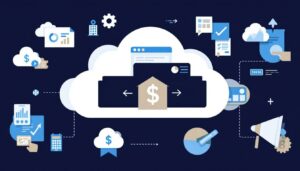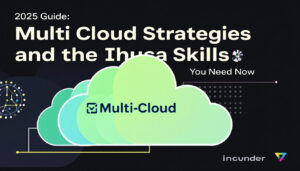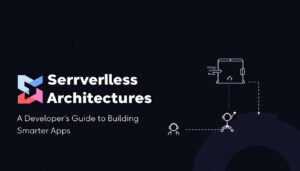Turning an early-stage business idea into a functional startup demands more than wishful thinking. Many IT professionals and developers have experienced the frustration of a promising concept losing momentum due to vague plans or unclear steps. Bridging the gap between creative potential and working solutions requires a systematic approach—one that tests ideas for market relevance and technical feasibility before resources are committed.
This guide explains the structured process that transforms high-level concepts into practical startup opportunities. It outlines each phase, from initial brainstorming to measurable validation, with a focus on reliable methods suited for IT, development, and electronics fields. By following this step-by-step approach, readers gain the clarity needed to progress beyond uncertainty and begin building toward sustainable business outcomes.
Identifying Real-World Problems Worth Solving
Spotting startup ideas starts with recognizing genuine problems that disrupt work or cause frustration. In technology and electronics, worthwhile business concepts often grow from unmet needs encountered by professionals. Knowing how to spot these gaps and check your assumptions forms the backbone of building solutions people want.
Analyzing Market Pain Points Through Observation and Data
Careful observation and organized research are essential for finding gaps that matter. Developers and IT teams can tap into their daily routines to notice repetitive frustrations or bottlenecks. These lived experiences, combined with external data, can highlight real opportunities for innovation.

Photo by fauxels
Consider these focused methods:
- Monitor industry forums and Q&A sites: Platforms like Stack Overflow and specialized subreddits often reveal common issues in code, deployment, or product features. Search for threads with high engagement, as these signal widespread challenges.
- Analyze user reviews and product feedback: Comments on app stores or SaaS product forums capture user wish lists and unresolved pain points. For practical tips on tracking trends in user feedback, see the insights discussed in Consumer Trends in Design.
- Track tech community discussions: Open-source repositories, GitHub issues, and Discord channels can spotlight missing tools or integrations. These conversations help outline what professionals struggle to solve with current offerings.
- Reflect on personal and team bottlenecks: Take notes on repetitive manual tasks, inefficient workflows, or recurring bugs your team encounters. Problems frequently voiced internally are often echoed industry-wide.
Collecting and distilling these varied signals allows you to see which challenges are consistently encountered and where unmet demand may exist.
Validating Problems with Potential Users
Uncovering a promising gap is not enough; the next step is proving the problem matters beyond your own experience. Validation prevents wasting time on ideas that only appear significant within a narrow context.
Structured validation includes:
- Conducting user interviews: Speak directly with those who fit your target user group. Focus the interview on understanding their specific tasks and frustrations. Structured questioning helps avoid introducing bias while collecting honest feedback.
- Using online surveys and polls: Create short, direct surveys and share them across targeted professional communities. This method gauges if others share the pain point and how intensely they feel it.
- Participating in relevant online communities: Join focused groups on platforms like LinkedIn, Reddit, or Slack workspaces. Present your observations and ask members if they experience similar problems. High engagement or agreement signals a broader need.
- Observing problem frequency and urgency: Track how many people encounter the issue and how seriously it slows them down. Prioritize problems that are not just common but also disruptive or costly.
These methods are designed to reduce subjectivity. They shift the focus from “I think there is a need” to concrete, data-supported evidence. By systematically confirming both the existence and importance of a problem, you can move forward with greater confidence that your startup idea targets a pain point others are motivated to resolve. For further exploration of product challenges, the perspectives in Understanding Digital Product Types provide a solid foundation for evaluating obstacles unique to tech products.
Generating and Refining Innovative Startup Ideas
Moving from broad concepts to practical startup solutions requires more than spontaneous inspiration. For IT, software, and electronics professionals, the process is systematic. Teams often rely on structured methods that blend creativity with a clear review of technical and market factors. This section details useful ideation frameworks and decision-making steps, supporting readers as they turn ideas into promising business opportunities.
Structured Brainstorming Techniques: Actionable Ideation Frameworks for Tech and Business

Photo by Alena Darmel
Refining startup ideas benefits from structured group techniques. Effective brainstorming moves beyond individual hunches, inviting varied expertise and guiding participants towards outcomes that can be tested in the real world.
Common frameworks used by tech-focused teams include:
- Mind Mapping: This visual approach organizes concepts and identifies patterns. Start with a central problem, then expand outward with related challenges, solution ideas, and necessary features. It reveals connections and possible gaps.
- SCAMPER Technique: SCAMPER stands for Substitute, Combine, Adapt, Modify, Put to another use, Eliminate, and Reverse. This checklist reforms existing products or workflows, stimulating practical innovation.
Example—Improving a SaaS Project Management Tool with SCAMPER:
- Substitute: Replace manual task assignments with AI-driven suggestions to optimize workload.
- Combine: Integrate team chat and file sharing within project boards to reduce tool switching.
- Adapt: Adjust notification settings based on user roles, so developers and project managers get different alerts.
- Modify: Enhance the dashboard with modular widgets users can personalize.
- Put to Another Use: Offer a stripped-down version as a task planner for remote freelancers.
- Eliminate: Remove less-used features, streamlining the interface for main use cases only.
- Reverse: Let users assign tasks to themselves first, then allow team leads to approve or reallocate as needed.
Encouraging team members from different backgrounds—such as IT, software, and business—enriches the pool of ideas. Reviewing current technology trends, user feedback, and pain points discussed in Consumer Trends in Design can inspire avenues for improvement that align with market needs.
Assessing Feasibility and Scalability of Ideas
After collecting and improving ideas, the next critical step is a structured assessment. Feasibility and scalability must be analyzed early, especially for electronics and software startups, to avoid investing in non-viable concepts.
Assessment follows a set of practical criteria:
- Technical Feasibility: Evaluate if needed technology, tools, and skills are available. Identify any integration challenges with existing platforms or hardware.
- Resource Requirements: List key development resources—personnel, time, funding, hardware. Assess if current resources can support early development and if scaling will require significant new investment.
- Scalability Metrics: Consider how the system will perform as user numbers grow. For software, look at cloud infrastructure and codebase modularity. For electronics, review manufacturing processes and supply chain constraints.
- Market Fit and Longevity: Examine demand based on validated problems. Gauge if the solution addresses a short-term trend or a steady pain point, as explored in Understanding Digital Product Types.
A realistic feasibility review tempers creative ambition with practical limits. This discipline supports startups as they build products with solid technical and business foundations. Startups that measure both idea originality and growth potential are better prepared to pursue market opportunities with clarity and confidence.
Testing and Validating Your Startup Concept
Testing and validation protect startups from costly missteps. For IT professionals, developers, and electronics specialists, building something simple that works is often more valuable than charts or presentations. The steps below provide a path to move from theory to tangible results, using early prototypes and real user data to limit risk before full launch.
Building a Minimum Viable Product (MVP): Roadmap for Software and Electronics
 Photo by Tima Miroshnichenko
Photo by Tima Miroshnichenko
An MVP is the first working version of your product. It proves core functionality with minimum features and cost. Its sole purpose is to test if core assumptions are correct.
A practical MVP roadmap includes:
- Define the core problem: Focus only on the essential problem, without extra features.
- Identify critical features: List the smallest set of features required to solve the problem.
- Choose the fastest form for validation: For software, this may be a clickable prototype or a basic web/mobile app. For electronics, it might be a breadboard prototype or a one-off PCB assembly.
- Build quickly, test immediately: Use frameworks, open-source tools, or off-the-shelf parts to shorten the build cycle. Do not aim for perfect design or scalability at this stage.
- Document your process: Keep concise notes on what was built, the reasoning, and any shortcuts taken. This will streamline future upgrades and troubleshooting.
MVPs help technical founders reveal hidden risks, such as performance issues or hardware incompatibility, before major investments. For further guidance on the MVP process and development, the article on best practices of Startup MVP app development outlines approaches for prioritizing features and validating assumptions.
Collecting and Interpreting Early User Feedback
After your MVP is ready, seek input from real users. Feedback is not limited to surveys; it includes all interactions—positive or negative—that inform your next steps.
Effective methods for early feedback collection include:
- Pilot programs: Offer the MVP to a controlled group of users in their actual environment. Document their workflow and observe challenges.
- Beta testing: Release to a wider, but still finite, user base. Track usage patterns and bug reports in detail.
- Surveys and interviews: Use simple surveys to gather quantitative data and schedule brief interviews for qualitative insights.
- Digital tracking: Implement analytics to record feature usage, error rates, and abandoned actions within software.
Sample feedback-driven adjustments:
- A SaaS team may see that users ignore a key feature, signaling the need to simplify workflows or clarify onboarding.
- An electronics startup might find beta testers consistently reporting overheating—prompting a change to component layout or cooling design.
Based on what you learn, adapt both the technical and business approach. Prioritize issues that prevent user success. Iterating based on actual usage prevents building features nobody needs or missing technical flaws.
For more practical methods for gathering and applying user feedback, see this overview on how to collect user feedback for MVP. These approaches support faster adaptation, which is especially important during the initial development phase.
A structured cycle of user-centric testing and adaptation gives startups a clear direction. Early feedback, even if critical, is a key resource—guiding both technical improvement and business strategy while limiting the risk of large failures at scale. Those looking to deepen their understanding of the transition from MVP to product-market fit may also benefit from case studies in MVP for Startups: From Idea Validation to a Successful Software Product.
Moving from Idea to Execution: Planning and Next Steps
Effective planning helps a startup move from loose ideas to measurable action. Once a concept has been tested, success relies on documenting the vision, forming your team, and setting practical goals. A clear plan keeps everyone focused, sets expectations, and provides measurable checkpoints for progress.
Documenting and Pitching Your Startup Vision
Presenting your idea in a concise, structured format is essential. Well-made documents impress partners, attract early team members, and provide clarity to technical and business audiences.
Creating One-Pagers
A one-pager should summarize the problem, your proposed solution, the target market, and expected business value.
- Keep the language simple and direct.
- Focus on facts, such as clear user pain, potential market size, and what sets your product apart.
- Limit the document to a single page.
- Use graphics or short diagrams to illustrate the solution or workflow when possible.
Developing Pitch Decks
A pitch deck is a set of slides designed to introduce your startup for feedback, early customers, or funding.
- Aim for 10–12 slides to cover problem, solution, market validation, business model, roadmap, and team.
- Tailor the message for the audience. Technical reviewers often prefer more detail about architecture or integration, while business audiences care more about scalability and potential returns.
- Include simple visuals, such as timelines, technical schematics, or competitive charts.
For sector-specific templates and further explanation on presenting to different audiences, review expert guidance from sources such as the Y Combinator pitch deck advice.
Essential Initial Documentation
Clear documentation makes it easier for new collaborators to understand your vision and priorities.
- Product overview: The core concept, user profile, and main value proposition.
- Technical outline: Key features, architecture basics, and required technical skills.
- Business summary: Target market, competition, revenue streams, and planned milestones.
Organizing your documentation will save time later when sharing your idea with new hires, advisors, or trial partners.
Building a Team with Complementary Skills
The core team shapes a startup’s future. Early-stage ventures in software and electronics need both technical and business minds to create products with commercial potential.
 Photo by fauxels
Photo by fauxels
Finding and Motivating a Balanced Team
Start by identifying the most critical skills for your product line and field.
- Technical founders or CTOs should search for partners with business experience—like product managers or marketers—who grasp the path to commercial adoption.
- Business founders should seek technical leads eager to innovate and build fast prototypes.
- Electronics projects may need specialized hardware engineers, firmware developers, and manufacturing contacts.
Look to recruit individuals who share your motivation and are willing to accept uncertainty in exchange for long-term growth opportunities. Clear communication about vision, equity arrangements, and working expectations reduces misalignment.
To develop a well-rounded team structure, consider arrangements that combine software, business, and operational expertise early. Organizational balance can prevent technical or market blind spots, leading to faster progress. Industry perspectives, such as those from Forbes’ startup team-building advice, can provide further actionable insights.
Setting Milestones and Initial Goals
Early objectives turn vision into action. Set clear, time-bound milestones, such as completing the first prototype, signing your first test user, or securing a pilot partnership.
- Define weekly or monthly targets that can be tracked and celebrated.
- Keep technical and business objectives aligned, such as pairing product build cycles with user outreach goals.
- Adjust plans as new information or feedback becomes available.
This staged approach divides the path from idea to market into steps that can be measured, increasing accountability and momentum as your team grows.
Careful planning, robust documentation, and a committed team build a foundation for execution. These elements help a startup progress from vision to measurable results, keeping technical efforts and commercial targets in sync throughout the process.
Conclusion
Balancing idea generation, rigorous validation, and structured planning is essential for turning concepts into real startup progress. Each phase holds equal weight—creative brainstorming uncovers opportunity, direct validation grounds decisions in reality, and disciplined execution steers ideas toward measurable results.
For IT, development, and electronics professionals, acting with focus and adaptability is the most consistent path forward. The process outlined above helps new ventures limit avoidable risk and maintain momentum through clear steps. Continuing to refine your approach—and drawing on resources like the guide to Innovative Small Business Ideas 2025—ensures progress remains steady even as market needs shift.
Building on these principles, readers can set the pace for their own startup journey. Stay open to learning, act with purpose, and invite others to share their insights. Thank you for engaging with this guide—your feedback and shared experiences support a stronger, more connected community.

